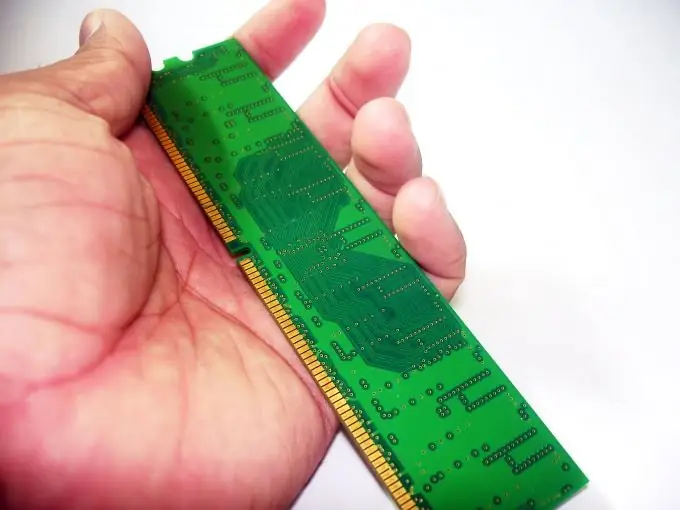Among computer users, there are always those who like to use their equipment at 110% of the possible. Processors, RAM, video cards - all these components have a certain "safety margin" and can work with accelerated parameters. This is called overclocking or overclocking. But the user does all such actions at his own peril and risk, voiding the warranty.

Instructions
Step 1
Start the computer and immediately after the POST screen appears (the one that quickly displays the processor frequency, the amount of memory, etc.), press the Del button. Some motherboards only display the manufacturer's logo and board name by default. But in this case, to open the BIOS and access the fine-tuning of the computer, press Del. Sometimes another key is used to enter the system settings - F2, F12, or some other key. Carefully read the prompts that appear on the bottom line of the screen.
Step 2
So, you have successfully entered the BIOS - a screen with angular inscriptions in white and blue or deep blue. If your screen is blue and white, and the menu items are lined up at the top of the screen, look for the Advanced menu item. Navigate through the menu items using the left-right and up-down arrows. If your BIOS looks like two columns of lines, usually yellow on a blue background, then look for the Advanced system features menu item. Move through the menu items in the same way using the arrows. Entering the category is done with the Enter button.
Step 3
Some motherboards have a special sub-item called Overclocking. If you find such an item, enter it. There usually is a menu from which you can select the percentage of acceleration of the processor and memory.
Step 4
If you don't find a submenu titled Overclocking, don't despair. Most often, when overclocking, the frequency of the system bus changes, so look for an item with the heading System Bus, or QPI, or HyperTransport. When you find a suitable item, select it and set the value 5-10 percent higher than it was. Overclocking is a dangerous activity that can damage your computer, so experiment with frequencies carefully.
Step 5
Another possible way to configure the memory frequency is in the same Advanced / Advanced system features menu, find the Chipset item and the DDR Configuration / Memory Configuration sub-item. Enter it and you can enter the desired memory frequency instead of the base one. Use the same rule of thumb to increase frequencies - 5-10 percent at a time.
Step 6
After making changes, press the F10 button to save the settings. Press the Y key on your keyboard to confirm. The computer will restart and, if you have done everything correctly, will start the operating system.






